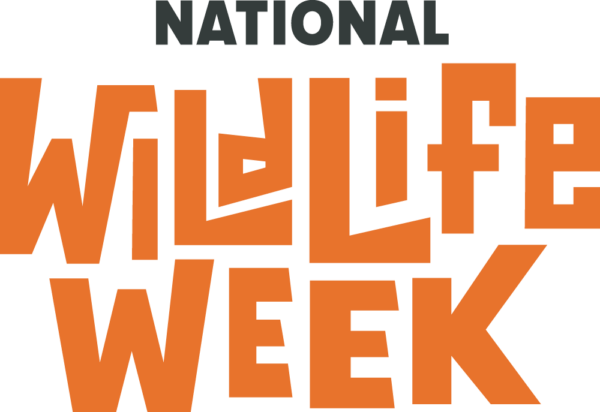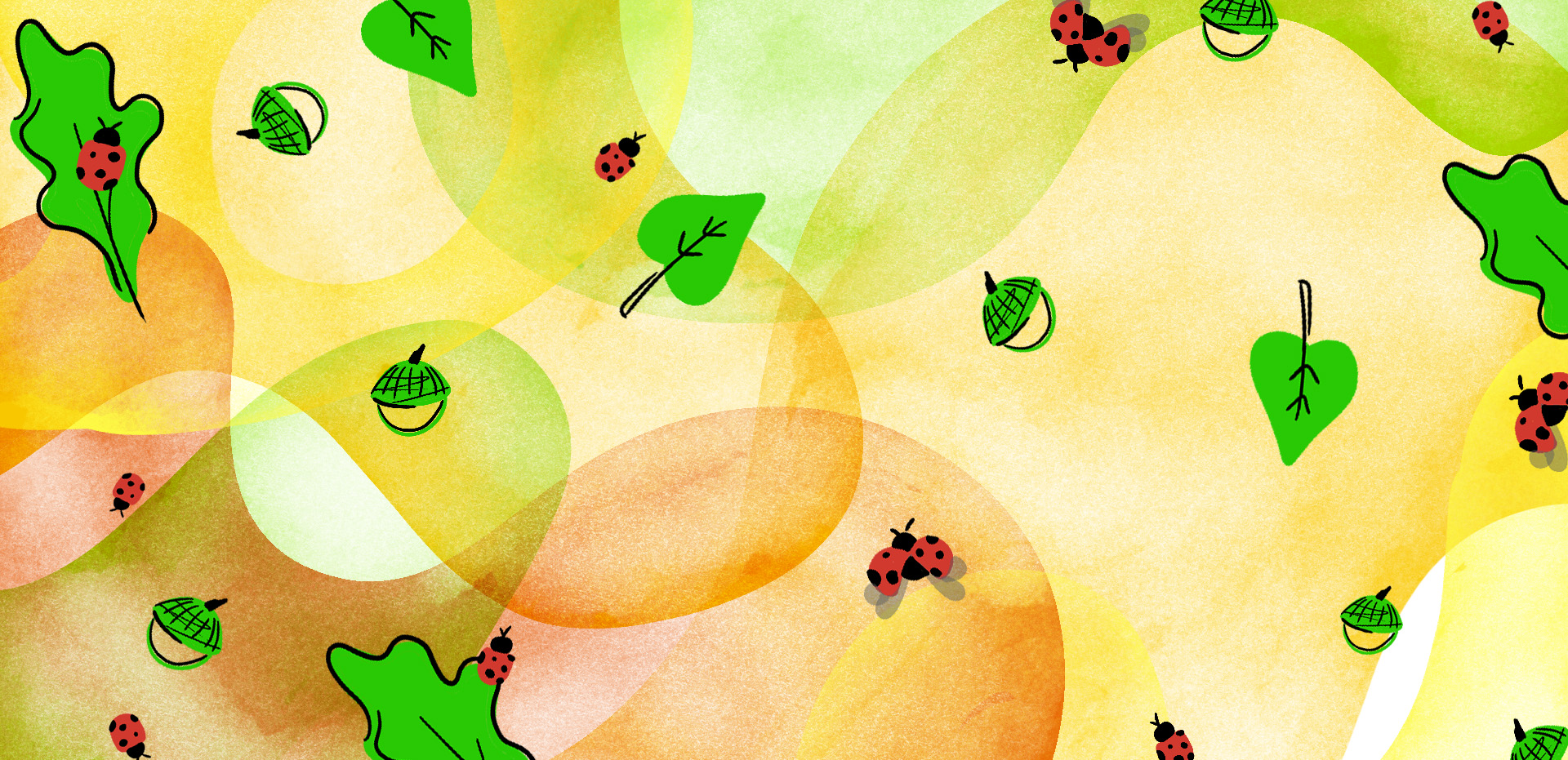Bald Eagle
America’s national bird is back and off the Endangered Species List! Learn more about these magnificent creatures and how we can help make sure they continue to thrive.
Transcript
Peter Gros: Welcome to National Wildlife Week! I have great news for you. Our national bird, the bald eagle, is back.
[Music]
Peter Gros: You may see them soaring, with their white head, which doesn’t occur in their plumes until they’re about four years old. But they almost disappeared in the 40s due to the use of the toxin, DDT. Now, due to the re-introductory programs and the fact that we don’t use those poisons, they’re off the endangered species list, and it’s very hopeful they’re going to continue to survive in the lower 48 states. Typically, you’ll see them in their riverine areas. They’ll feed on fish, and they’ll feed on small animals, and sometimes even on carrion.
David Mizejewski: Even though they’re an endangered species success story, and you can see them in many places all across the U.S., one thing that they still struggle with is lead poisoning. So when hunters and anglers use lead shot or sinkers when they’re out, recreating in nature, sometimes because the eagles eat carrion, they’ll ingest that stuff and it makes them sick. So a really easy way for hunters and anglers to really help out the eagles is to just switch to non-lead shot.
Peter Gros: And of course, you’re going to want to get out this weekend and go out and look for bald eagles along a river or along a lake. Go online and see where the nests are. We even have live cams of eagles raising babies. Watch our natural bird as it makes its successful return to our country.
David Mizejewski: And that’s really what National Wildlife Week is all about this year. It’s about celebrating our wild neighbors. And like Peter said, it’s a great opportunity to just get outside and experience nature this week.


